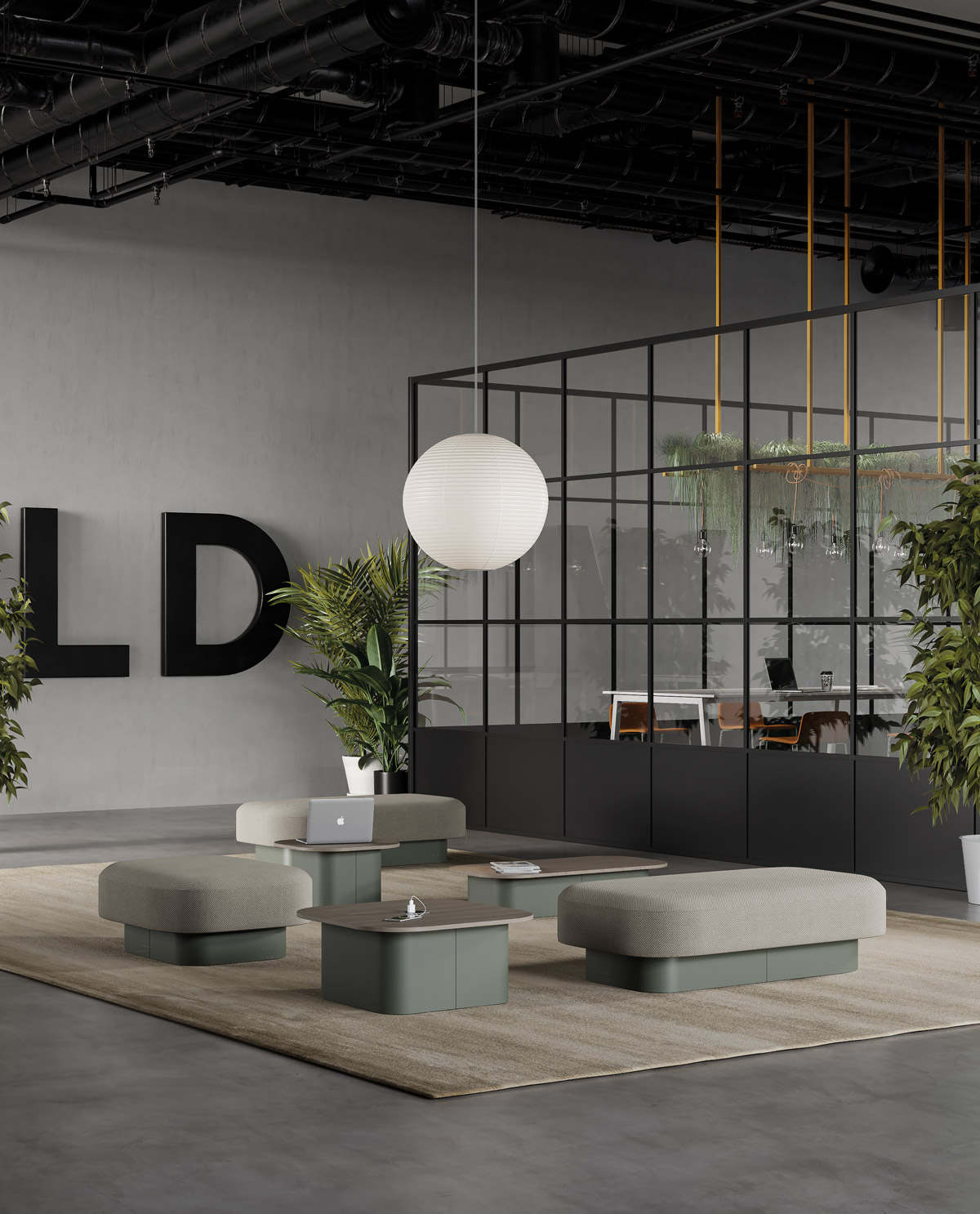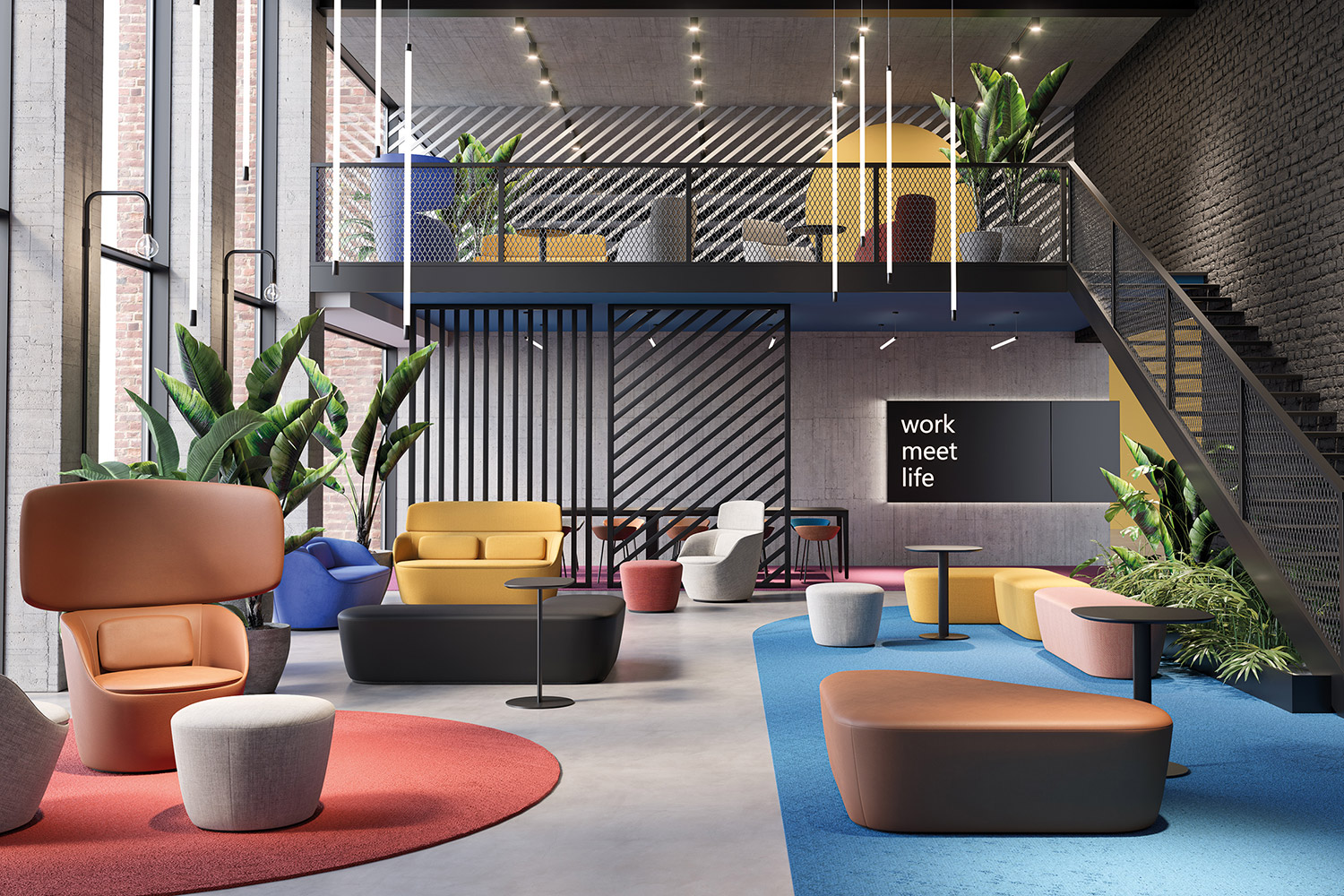As the world changes, so does the way we work.
This is a consideration that has been frequently addressed, especially in the last two years. The pandemic, the evolution of technologies and the accelerated spread of smart working have radically transformed the way we work and experience the office and, consequently, its design.
What are the key factors to consider in order to approach the future in a smart way? Here are a few of them.
1. A more fluid workforce
The office that looks to the future is one that is designed for hybrid working. Today’s worker feels the need to carry out his or her activities both at home and in the office, according to a shared schedule with colleagues.
Office spaces and workstations must therefore be flexible to rapidly cope with different flows of people, depending on the day and time of the week. Sit-stand desks are one example of what active design can do to improve health.
2. Focus on sustainability
Designing a sustainable office means ensuring that the needs and requirements of the current generation are met without compromising the ability of future generations to meet their own ones. Sustainable design is not a futuristic concept and it’s already present in many workplaces. Areas of focus for a sustainable office include air conditioning, lighting, ventilation, high-efficiency plumbing and the use of recycled materials for furniture. According to a study by M Moser careful office planning can save between 20% and 40% if only the heating and air conditioning aspects are taken into account. Sustainability will therefore be increasingly important for government regulations, company image and energy savings. For the interior design aspect choosing natural materials is one of the best ways to ensure health and promote people’s physical and mental well-being.
3. Advanced technology
A computer, a telephone and a wireless connection are no longer enough. The office needs to include much more, such as fast charging stations in every room, easy access to every stored file and task, softwares that can book meeting rooms or common areas directly from your smartphone and large LED walls for video calls.

4. Collaborative areas and relaxation spaces
Office layouts need to be rethought and new community areas and informal spaces need to be provided. These are not spaces exclusively designed for working, but real lounge areas dedicated to collaboration as well as well-being and recreation, equipped with specific furniture, suitable seating and all the services that are provided in a public place (such as a hotel lobby).
It’s easy to see how through hybrid working models the office will become increasingly technological, shaped by fluid and flexible spaces that will create human connections and promote well-being, all while respecting the surrounding environment.

